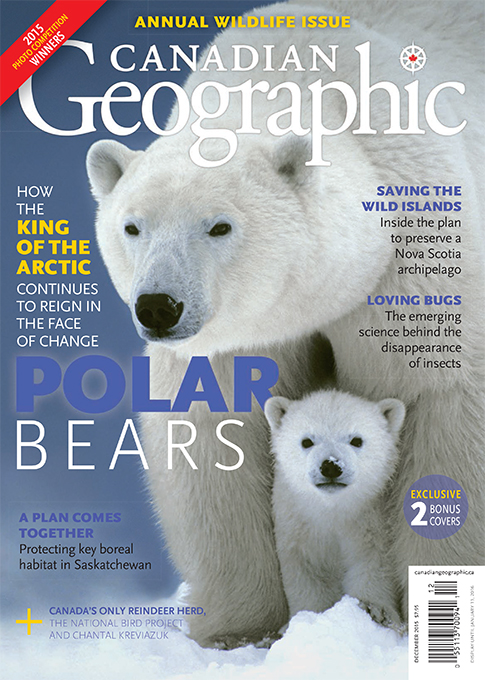Unlike its 1958 sci-fi classic namesake, the massive swath of warmer-than-average northeast Pacific Ocean known as the Blob isn’t consuming everything in its path — but it is having a notable impact on marine life in the region.
In California, for instance, reports the New York Times, stranded Guadalupe fur seals and emaciated sea lion pups are regularly turning up on the state’s shores. Meanwhile, in Haida Gwaii, B.C., says the Vancouver Province, fishermen have reported seeing an abundance of species more commonly found in the southern Pacific, including sunfish, leatherback turtles and great white sharks.
The Blob is having a far more serious effect on one of the ocean’s largest creatures, the whale. In September, Yahoo! News reported that 30 whales had been found dead in the western Gulf of Alaska since May, while six whales had been found dead in British Columbia in August.
Andrew Trites, director of the University of British Columbia’s Marine Mammal Research Unit, said the whales likely died after eating krill and sardines contaminated by a toxic algae bloom, a side effect of the warmer water temperature. “Each krill body was essentially a gel capsule full of poison,” he told the CBC. And if they ate enough of it, it’s going to cause brain damage, and eventually seizures. In the worst cases… it causes death.”
Read a more detailed explanation of how the Blob developed and what its impacts are here.






